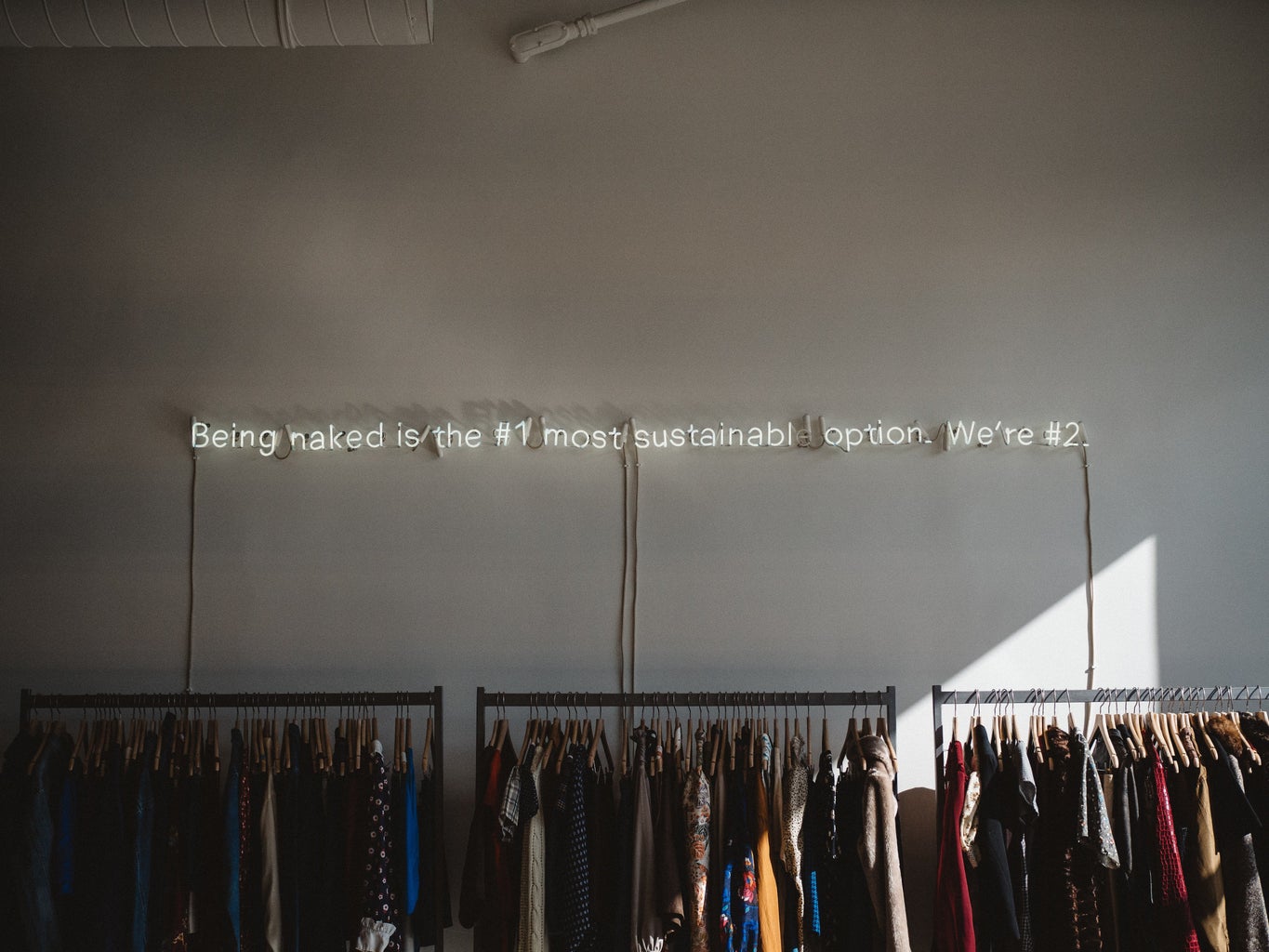The fashion business is worth an estimated $2.5 trillion dollars and employs more than 75 million people worldwide, according to the Geneva environment network. Between 2000 and 2014, the fashion industry grew by a factor of two, customers were buying an estimate of 60% more clothing pieces in the year 2014 compared to 2000. The fashion industry is ever so growing causing more companies to produce more garments at a rapid speed which is causing negative environmental impacts as well as under paying workers in the garment factories. According to UNEP, “Approximately 60% of all materials used by the fashion industry are made from plastic,” which many of us may not be aware but plastic is non-biodegradable, meaning it will not decompose and break down causing build up in land fills.
In addition to fast fashion falling into landfills and being part a climate crisis, it is also a target to underpaid, overworked employees in conditions that are not humane or morally right. Fast fashion companies outsource workers from other countries to produce and create there garments while paying severely low wages. This is due to the low financial cost to produce such clothes and shoes along with low wages letting major companies profit from underpaying workers.
Although, fast fashion is still a major problem there has been a higher awareness by consumers on what it can do to our climate and how unfair it is to workers. Due to the increase of awareness regarding sustainability in the fashion industry, many companies are either being more transparent regarding how garments are made or are reusing used fabric to create other items, and even paying workers a higher wage. For other’s who are just getting into the sustainability mind set for fashion here are some ways you can make a difference in the fast fashion industry.
- Buy Less. If you buy less trendy pieces and focus on pieces that are more versatile it can help
- Thrifting: buying second handed
- Buying clothing pieces that have higher quality to last longer
- Buying from sustainable brand and much more


